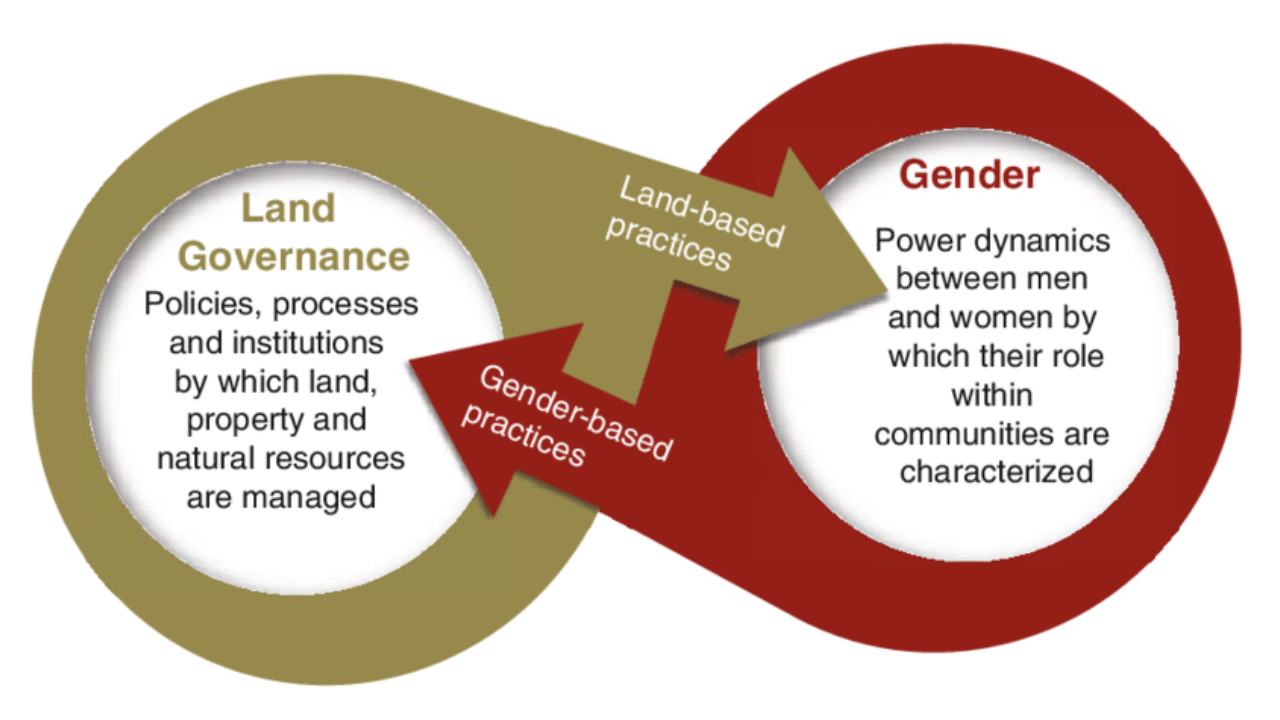
Gender equity in governance is not just a social ideal—it’s a reflection of an organization’s values and its responsiveness to diverse voices. ULAERGO (Latin American Union of Ergonomics Organizations), as a continental leader in ergonomics, has been steadily evolving in this regard. From a historically male-dominated leadership structure to a more balanced and inclusive governance model, ULAERGO’s journey offers critical insights into how institutions can integrate gender equity into their strategic fabric.
This article explores the gender composition of ULAERGO’s leadership across time, analyzing shifts, persistent gaps, and the pathways toward inclusive governance.
Overview Table: Gender Representation in ULAERGO’s Governance Over Time
| Time Period | Female Presidents | Male Presidents | Female Board Members (%) | Major Gender Equity Initiatives | Status of Gender Parity |
|---|---|---|---|---|---|
| 2012–2015 | 0 | 1 | 20% | None formally adopted | Underrepresentation |
| 2015–2018 | 1 | 0 | 35% | Regional Women in Ergonomics Forum initiated | Growing awareness |
| 2018–2021 | 0 | 1 | 30% | Gender-balanced panel policy for events | Partial progress |
| 2021–2024 | 1 | 0 | 50% | Equity Guidelines adopted | Parity achieved at board level |
| 2024–Present | 0 | 1 | 45% | Gender Reporting Mechanism introduced | Sustained near-parity |
The Early Years: Unequal Representation and Missed Voices
When ULAERGO was founded in 2012, the executive leadership reflected common gender imbalances in technical and academic organizations. The first president, Dr. Luis Fernando Ortega, was male, and women occupied only two of the ten key board roles. Gender was not a strategic priority during these foundational years, and no formal policies existed to address it.
Challenges:
- No targeted recruitment of female leaders
- Limited female participation in decision-making committees
- A lack of gender-disaggregated data on membership and leadership
Turning Point: The Presidency of Prof. Helena Vasquez (2015–2018)
Prof. Vasquez became the first woman to hold ULAERGO’s top position. A vocal advocate for inclusion, she made gender visibility a key agenda item. Under her leadership, ULAERGO created the Regional Women in Ergonomics Forum, which brought together female professionals from across Latin America to address challenges in research, career advancement, and participation.
Key Milestones:
- ULAERGO’s first female-majority event panel
- Internal survey on gender barriers within national societies
- Mentorship program pairing early-career women with senior experts
Strategic Progression: From Events to Governance Structures (2018–2021)
Though Dr. Manuel Ruiz Delgado’s term brought a return to male leadership, gender equity remained on the agenda. He institutionalized a gender-balanced panel policy, requiring all ULAERGO-sponsored events to reflect gender diversity in speakers and moderators. The board composition saw modest improvement, reaching 30% female representation.
Notable Developments:
- Partnership with Latin American universities to encourage women in ergonomics
- Integration of gender-focused modules in the PLACE certification
- First ULAERGO Gender Equity Committee proposal (not yet ratified)
Structural Equality: Parity Achieved Under Dr. Soledad Infante (2021–2024)
A transformational moment occurred under Dr. Infante’s presidency. A public health and digital inclusion expert, she championed a governance model based on equity and transparency. Her term saw the adoption of ULAERGO’s Gender Equity Guidelines, mandating fair recruitment, board-level gender parity, and equitable speaking opportunities across all platforms.
Achievements:
- Women held 50% of board positions
- Launch of “Voices of Women in Ergonomics” podcast
- Introduction of gender-sensitive budgeting practices
- First gender audit conducted in 2023
Current Status (2024–Present): Sustaining Gains Under Male Leadership
Dr. Diego Álvarez currently leads ULAERGO, and his administration has continued the gender-inclusive momentum. While women now make up 45% of the board, structural mechanisms like the Gender Reporting Mechanism and annual equity audits help track progress. Notably, a bylaw amendment proposal is under review to ensure permanent gender balance requirements in leadership appointments.
Ongoing Commitments:
- Gender parity requirement for future election slates
- Expansion of women-led subcommittees
- Inclusion of non-binary and gender-diverse voices in strategic discussions
Timeline Table: Gender Equity Milestones at ULAERGO
| Year | Milestone | Impact |
|---|---|---|
| 2015 | First female president elected | Marked shift in gender leadership visibility |
| 2016 | Regional Women in Ergonomics Forum launched | Created platform for female professionals |
| 2019 | Gender-balanced panel policy enacted | More inclusive academic event representation |
| 2022 | Gender Equity Guidelines ratified | Established rules for board and hiring equity |
| 2023 | First organizational gender audit conducted | Assessed gaps in participation and pay equity |
| 2024 | Gender Reporting Mechanism introduced | Public transparency in equity tracking |
Challenges That Persist
While ULAERGO has made commendable progress, it still faces structural and cultural barriers:
- Leadership pipeline gaps: Few female candidates are nominated for top positions.
- Disparities at national chapter level: Some country affiliates have no women in leadership.
- Informal bias: Persistent undervaluation of contributions by women in technical roles.
These issues highlight the need for continuous mentorship, inclusive recruitment policies, and active allyship within the organization.
Conclusion
ULAERGO’s journey toward gender-balanced governance reflects both a societal shift and an organizational commitment to inclusion. From a governance body with minimal female presence to a nearly gender-parity structure backed by policies and audits, ULAERGO has evolved into a model for progressive institutional leadership in Latin America.
Its future success will depend on embedding these gains into its core statutes and ensuring that gender equity becomes not just a goal—but a standard.
Top 3 One-Line FAQs
Has ULAERGO achieved gender parity in its leadership?
Yes, ULAERGO reached gender parity at the board level during 2021–2024 and currently maintains near-parity.
Who was ULAERGO’s first female president?
Prof. Helena Vasquez of Brazil served as the first female president from 2015 to 2018.
What initiatives support gender equity in ULAERGO?
Programs like gender-balanced panels, equity guidelines, audits, and the Women in Ergonomics Forum have driven lasting change.

